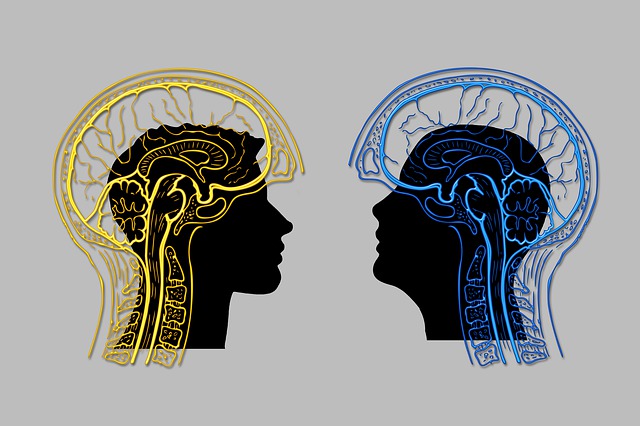 For centuries, science and faith have been viewed as two conflicting ideologies. While science relies on empirical evidence and reasoning, faith is often based on belief in something that cannot be proven in terms of human understanding. The conflict between science and faith has led to many debates, controversies, and misunderstandings.
For centuries, science and faith have been viewed as two conflicting ideologies. While science relies on empirical evidence and reasoning, faith is often based on belief in something that cannot be proven in terms of human understanding. The conflict between science and faith has led to many debates, controversies, and misunderstandings.
One area where science and faith often come into conflict is in the debate over the origin of life. The evolution versus creationism debate is perhaps the most significant conflict between science and faith. Evolutionary theory states that all life on earth has evolved over millions of years, while creationism posits that a divine creator made everything in a matter of days. This debate has been ongoing for decades, with many people firmly believing in one view or the other. Those who accept evolution argue that it is supported by a vast body of evidence, while those who support creationism cite religious texts and beliefs.
Many religious traditions have creation stories that describe how the world came into being, often involving a divine creator. However, the scientific consensus is that life on Earth evolved through natural processes over millions of years. This has led to many debates over the teaching of evolution in schools and the place of creationism in the scientific community.
Despite the apparent conflict between science and faith, there are many examples of how the two can work together. For example, many religious organizations have come out in support of conservation efforts and climate change mitigation measures. They argue that it is their duty to care for the planet, which is a gift from God. In this way, science and faith can work together to achieve a common goal.
The conflict between science and faith also extends to issues such as stem cell research and genetic engineering. While scientists see these technologies as a way to improve human health and well-being, some religious groups believe that they are morally wrong and go against the natural order of things.
In more recent times, there have been many examples of science and faith coexisting and even collaborating. For example, many religious groups have embraced the idea of climate change and are working to reduce carbon emissions and protect the environment. The scientific community has also been working to find ways to make their discoveries more accessible to the public and to address ethical concerns related to their work.
Despite these conflicts, many people still hold both scientific and religious beliefs, and some even see them as complementary. For example, the Catholic Church has a long history of supporting scientific research and has often been at the forefront of scientific discoveries. In recent years, Pope Francis has made numerous statements about the importance of addressing climate change and protecting the environment.
In conclusion, the conflict between science and faith is a complex and multifaceted issue that has been the subject of debate for centuries. While there have been instances where science and faith have come into conflict, there are also many examples of them coexisting and even complementing each other. Ultimately, it is up to individuals to reconcile their own beliefs and find a way to integrate science and faith into their worldview.
Click Here to Learn More
